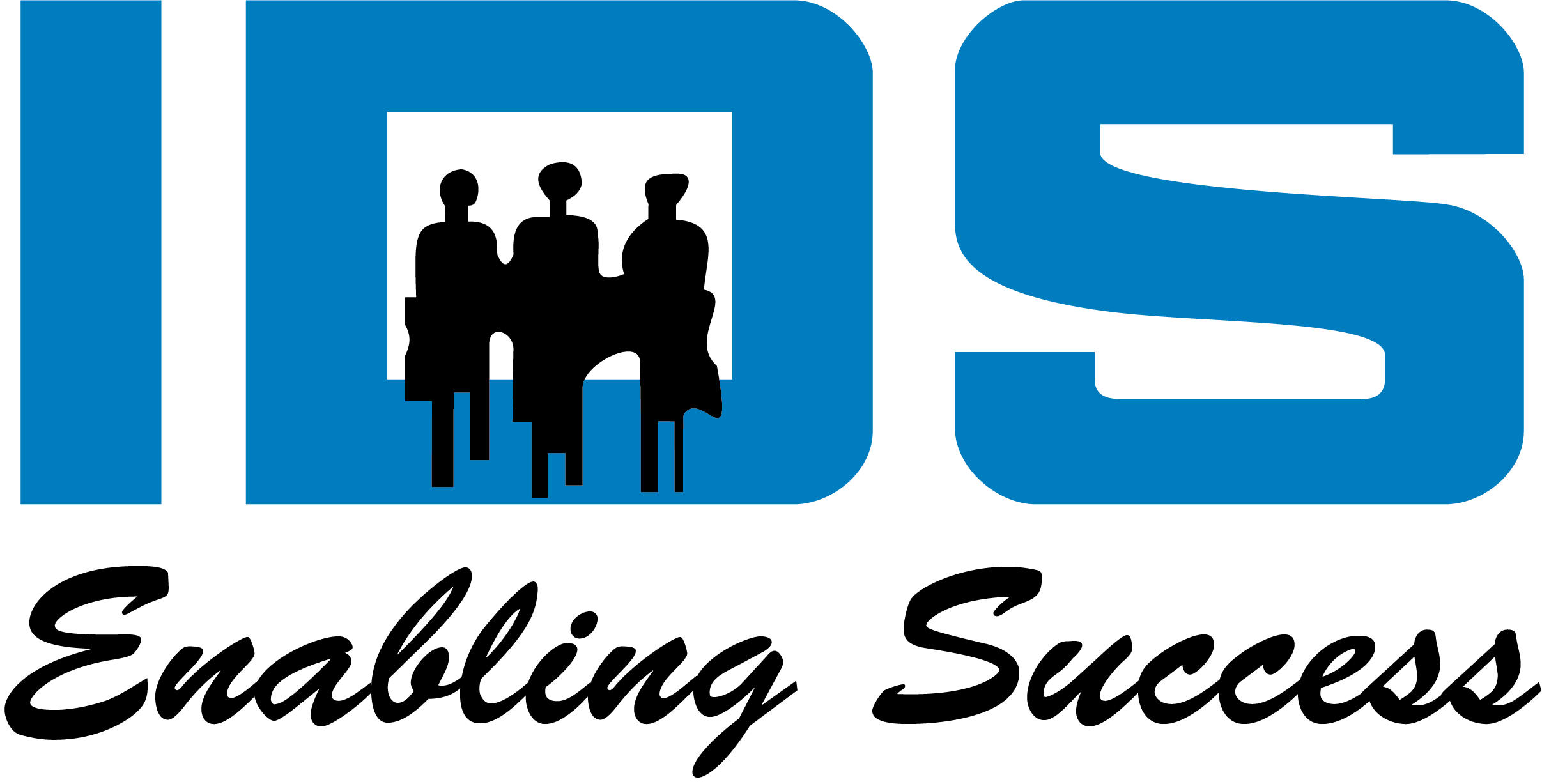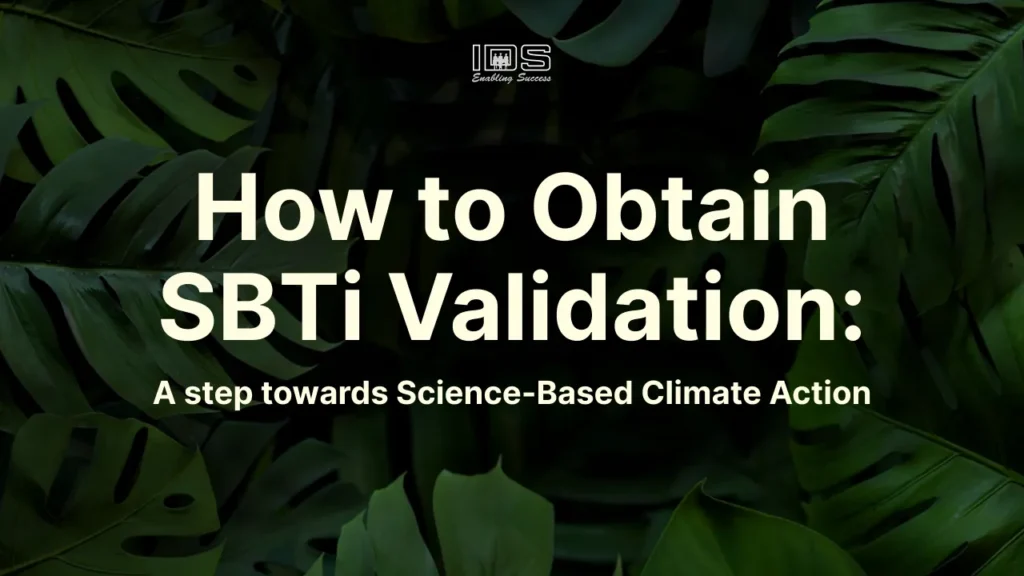As climate expectations from investors, customers, and regulators continue to rise, organizations are increasingly seeking credible ways to demonstrate genuine progress toward decarbonization. The Science Based Targets initiative (SBTi) has emerged as the leading global framework for setting emissions-reduction targets aligned with the 1.5°C pathway.
Achieving SBTi validation signals that a company is not only committed to climate leadership but is also aligned with internationally recognized standards. The following article simplifies the process step-wise.

SBTi Validation: Step by Step Process
1. Understand SBTi Requirements and Expectations
The first step is gaining clarity on what SBTi requires. At its core, the initiative asks companies to set science-based emissions reduction targets consistent with limiting global warming to 1.5°C.
This includes:
- Near-term targets (within 5–10 years)
- Scope 1 and Scope 2 reduction targets aligned with a 1.5°C trajectory
- Scope 3 targets, if these emissions represent 40% or more of the total footprint
- Alignment with relevant sector-specific guidance and the GHG Protocol
Understanding these expectations early ensures a smoother and more efficient validation process.
2. Complete a Comprehensive Emissions Inventory
Accurate data provides the foundation for credible targets. Organizations must calculate emissions under all applicable scopes:
Scope 1 – Direct Emissions
Emissions from sources owned or controlled by the company (e.g., boilers, fleet vehicles).
Scope 2 – Indirect Energy Emissions
Emissions from purchased electricity, heat, steam, or cooling.
Scope 3 – Value Chain Emissions
Indirect emissions occurring across the value chain, such as purchased materials, logistics, product use, business travel, and waste.
For many companies, Scope 3 accounts for most total emissions, requiring detailed data collection and often collaboration with suppliers and partners.
3. Select the Appropriate Target-Setting Methodology
SBTi offers different methodologies depending on the company’s emissions profile and industry sector:
- Absolute Contraction Approach – reducing total emissions by a fixed percentage (commonly used across most industries).
- Sectoral Decarbonization Approach (SDA) – tailored pathways for sectors such as power, transport, and heavy industry.
- Intensity-based targets – suitable for industries tied to production volume or output metrics.
Choosing the correct method ensures that the targets meet SBTi’s technical criteria.
4. Develop Your Science-Based Targets
Using the selected methodology and emissions data, companies develop clear and measurable targets. These typically include:
- A defined base year for emissions
- A target year (often 2030 for near-term commitments)
- Specific reduction percentages for Scopes 1, 2, and (when required) Scope 3
- Any sector-specific metrics or modeling outputs
Organizations may also pursue a long-term net-zero target under SBTi’s Corporate Net-Zero Standard.
5. Submit an Official Commitment to the SBTi
Before target validation, companies must formally commit to setting a science-based target. This involves:
- Submitting the SBTi Commitment Letter
- Paying the applicable administrative fee
- Being listed publicly as “Committed” on the SBTi website
Small and medium-sized enterprises (SMEs) have access to a simplified commitment and target-setting approach.
6. Submit Your Targets for Validation
Once the targets are developed, they are submitted through SBTi’s Target Validation Service. The submission package typically includes:
- The full GHG emissions inventory
- Details on chosen methodologies and calculations
- Supporting documentation for sector-specific pathways (if applicable)
- Explanations of assumptions and data sources
SBTi conducts a technical review—usually completed in 8–12 weeks—and provides either approval or detailed feedback for revisions.
7. Receive Validation and Publicly Disclose Targets
Upon approval, SBTi:
- Confirms the targets as science-based
- Lists the company under the “Targets Set” category on its website
- Provides a formal validation letter or certificate
Organizations are expected to publicly communicate their targets through sustainability reports, websites, or press releases.
8. Implement, Monitor, and Report Progress
SBTi validation is not a one-time milestone—it is an ongoing commitment. Companies must:
- Integrate targets into operational plans and decarbonization strategies
- Invest in efficiency, renewable energy, and supply-chain engagement
- Track and report emissions annually following the GHG Protocol
- Revalidate targets at least every 5 years
Transparent reporting ensures accountability and maintains alignment with evolving climate science.

